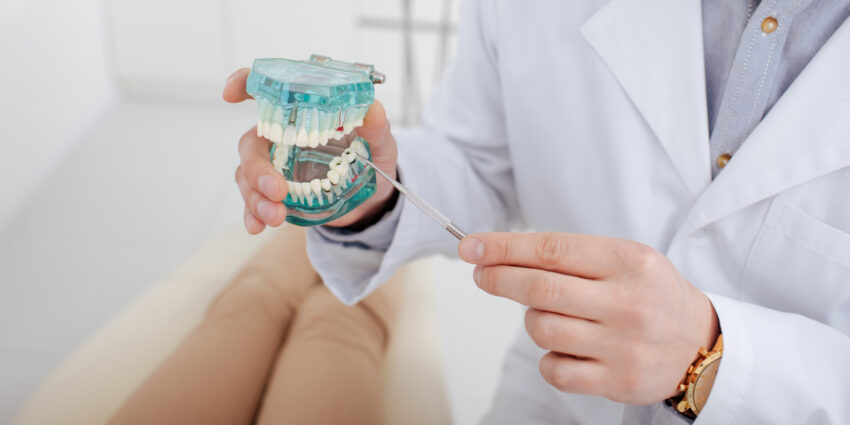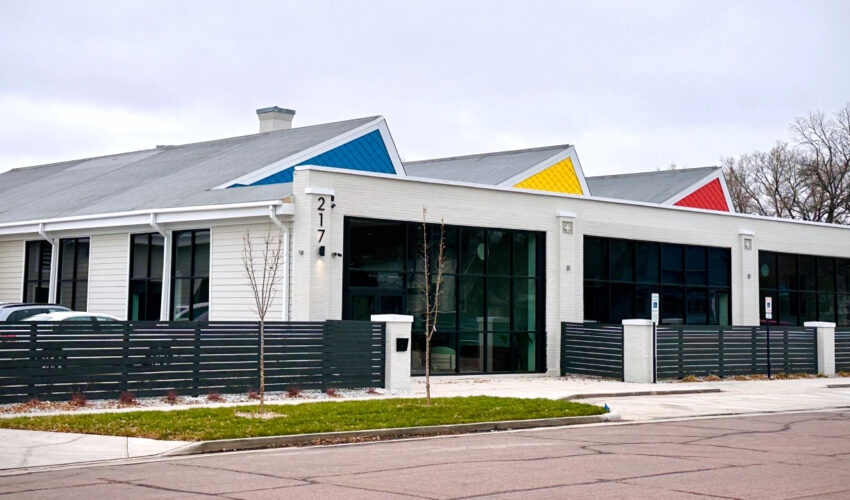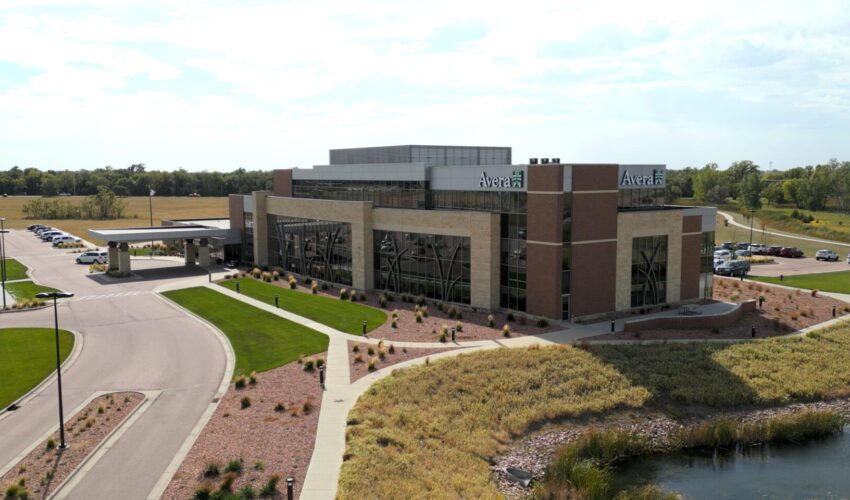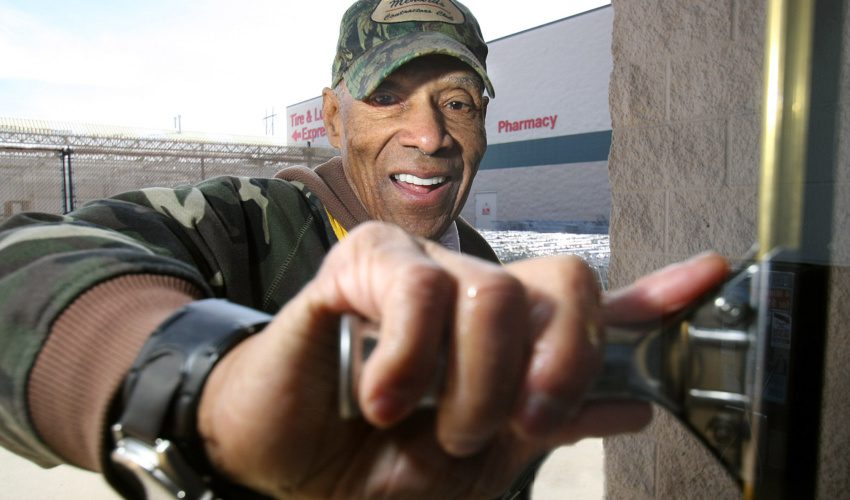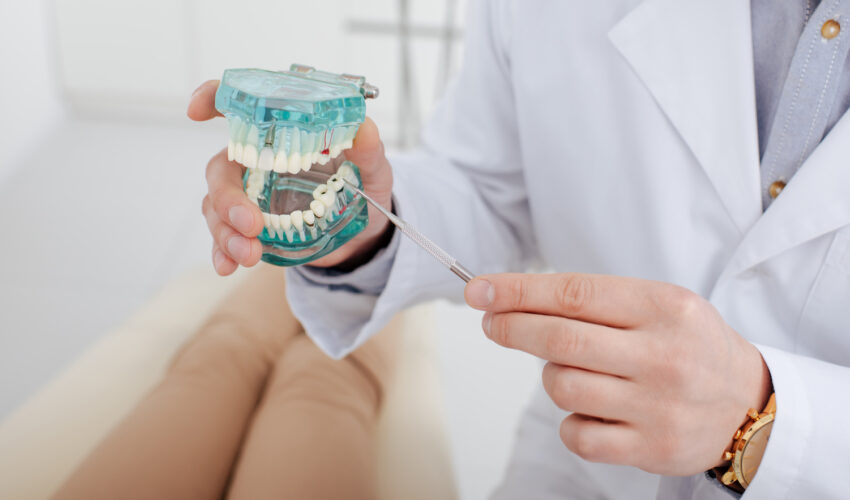From first baby tooth to wisdom teeth, what to know about kids dental care
Jan. 18, 2023
This paid piece is sponsored by Siouxland Oral & Maxillofacial Surgery.
OK, so the holidays are over. Now what?
Well, if you have small children, no matter what time of year it is, they always are looking forward to “losing” their primary teeth and getting their adult teeth. This usually starts around age 6, with some small variation between boys and girls. At the same time that the first permanent molars start to erupt behind the primary, or baby, teeth, oftentimes there is some discomfort, and occasionally superficial infections occur. It’s best to ask your dentist what to do because they know you and your child the best.
And that’s a nice segue into disturbances in tooth eruption sequences. It’s always important to look carefully in your child’s mouth and make sure that all 20 primary teeth are there. It’s likewise important that children brush their teeth and that you see your dentist two times a year or more if your dentist says there’s a reason to. Nonetheless, by age 6 your child should have all 20 primary/baby teeth, and there should be evidence that the first permanent molars are erupting. You’ll find these permanent molars behind the baby teeth because these particular molars actually don’t replace any baby teeth.
If you don’t see the permanent 6-year molars by age 7, you should take your child to the dentist. He or she will examine your child and likely take X-rays to see what is going on. Usually, it is just delayed eruption of the teeth, and that can happen normally in some children. Sometimes, it is because the teeth are not angled correctly; therefore, they cannot erupt. Other times, it is caused by true lack of space or even a developing cyst.
The same is true for the permanent second, or 12-year, molars. If you can’t see a second set of permanent molars by age 12 or 13, then it is time to see your dentist and request X-rays to see what the bigger picture is.
Lastly, the “wisdom teeth,” or third molars, should erupt around age 16. The vast majority of people simply do not have enough room to accommodate these third molars. Nonetheless, these molars will try in vain to erupt successfully into the oral cavity. Therefore, these wisdom teeth remain stuck under the bone, under the soft tissue or maybe even partially erupted into the oral cavity at an angle. In any case, it’s important to know what is occurring with them at an early stage rather than when a problem develops.
At our offices, we see a number of children every year with 6- or 12-year molars that have not erupted into the oral cavity when they were supposed to. We see these kids at age 8-9 or 13-16 with these same unerupted teeth damaging other permanent teeth or even associated with large, destructive cysts. One of the most prevalent problems is that many insurance providers do not provide a benefit for a panoramic X-ray, also called a panorex. Consequently, many people do not opt to have that study completed, believing that if insurance doesn’t pay for it, then “it must not be important.”
So, therefore, the takeaway message for this month is to see your dentist regularly to intercept problems before they occur. Have the dentist evaluate your child clinically and with X-rays around the age of 6, 12 and 16 to see what is going on with the teeth as they erupt into the oral cavity.
See you next month!

